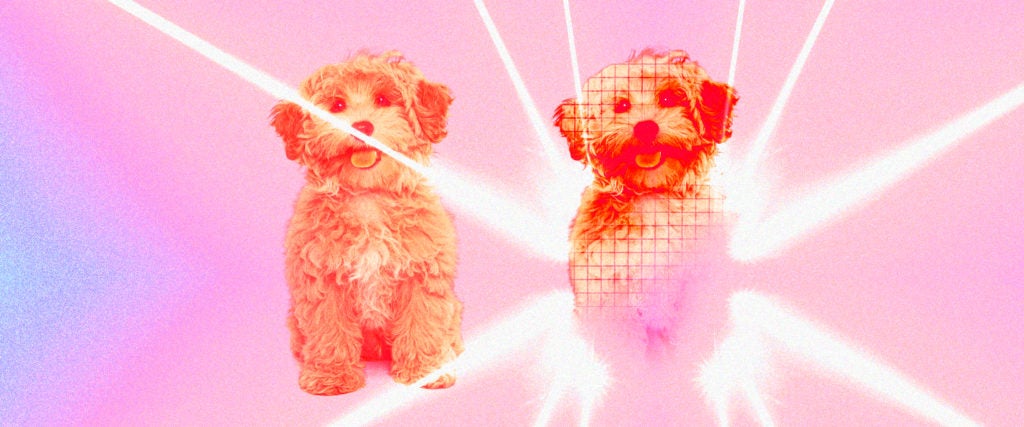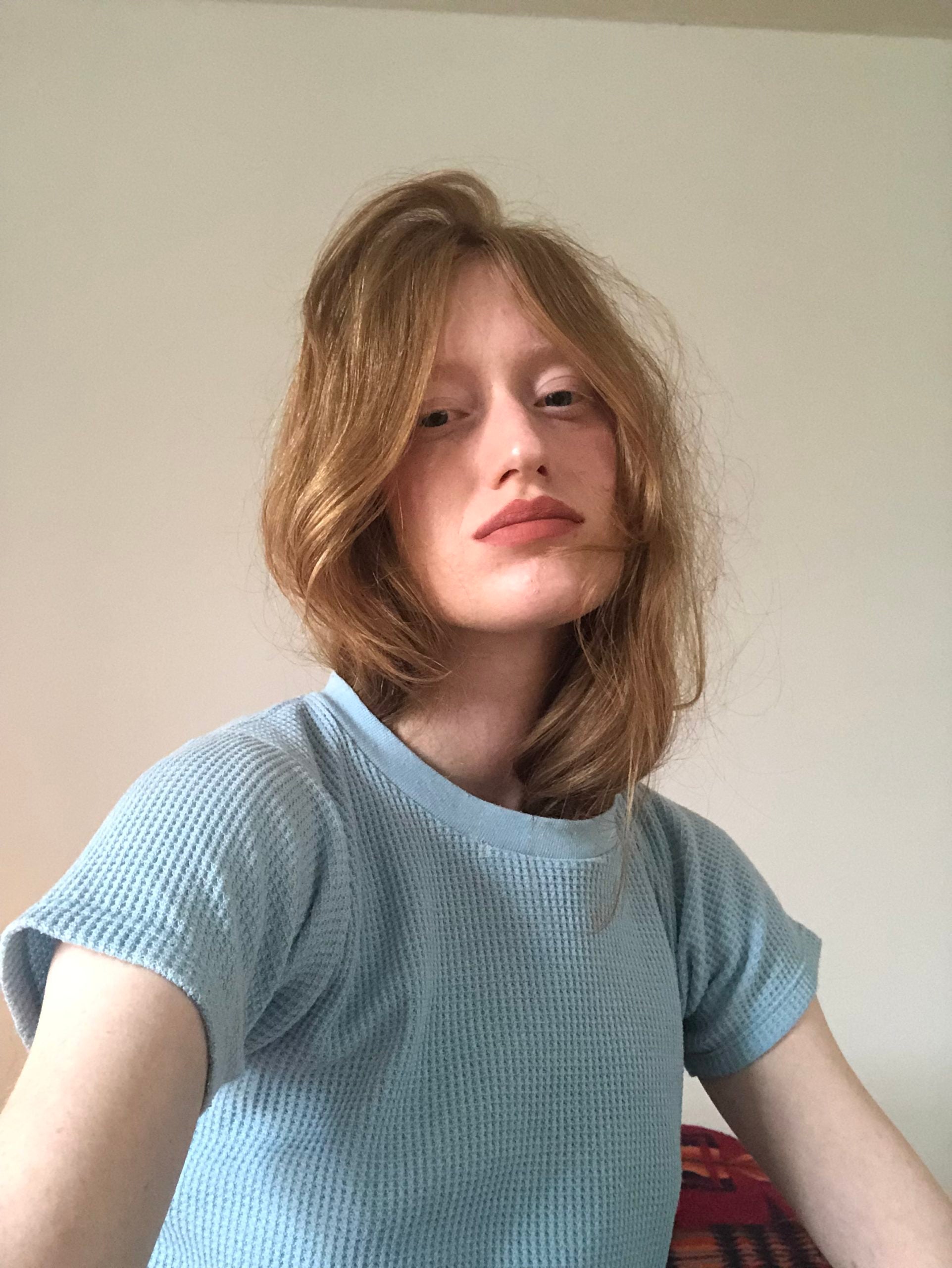When celebrity hairstylist Roberto Novo’s cream-colored, Insta-famous French bulldog Machito died last February at age 14, he spent a week in bed, sobbing uncontrollably at the pain he felt in his heart. He had two other Frenchies to keep him company, but the connection the 61-year-old had with Machito was special. The two of them had been wordlessly in-tune ever since he was a puppy, and if the 140-page graphic novel Novo made about him was any indication of his personality, he possessed a strange, humanlike empathy. It was this that captivated everyone from homeless people on the streets of New York to A-list celebrities like Snoop Dogg and Hugh Jackman, both of whom stopped Novo on the street to check Machito out.
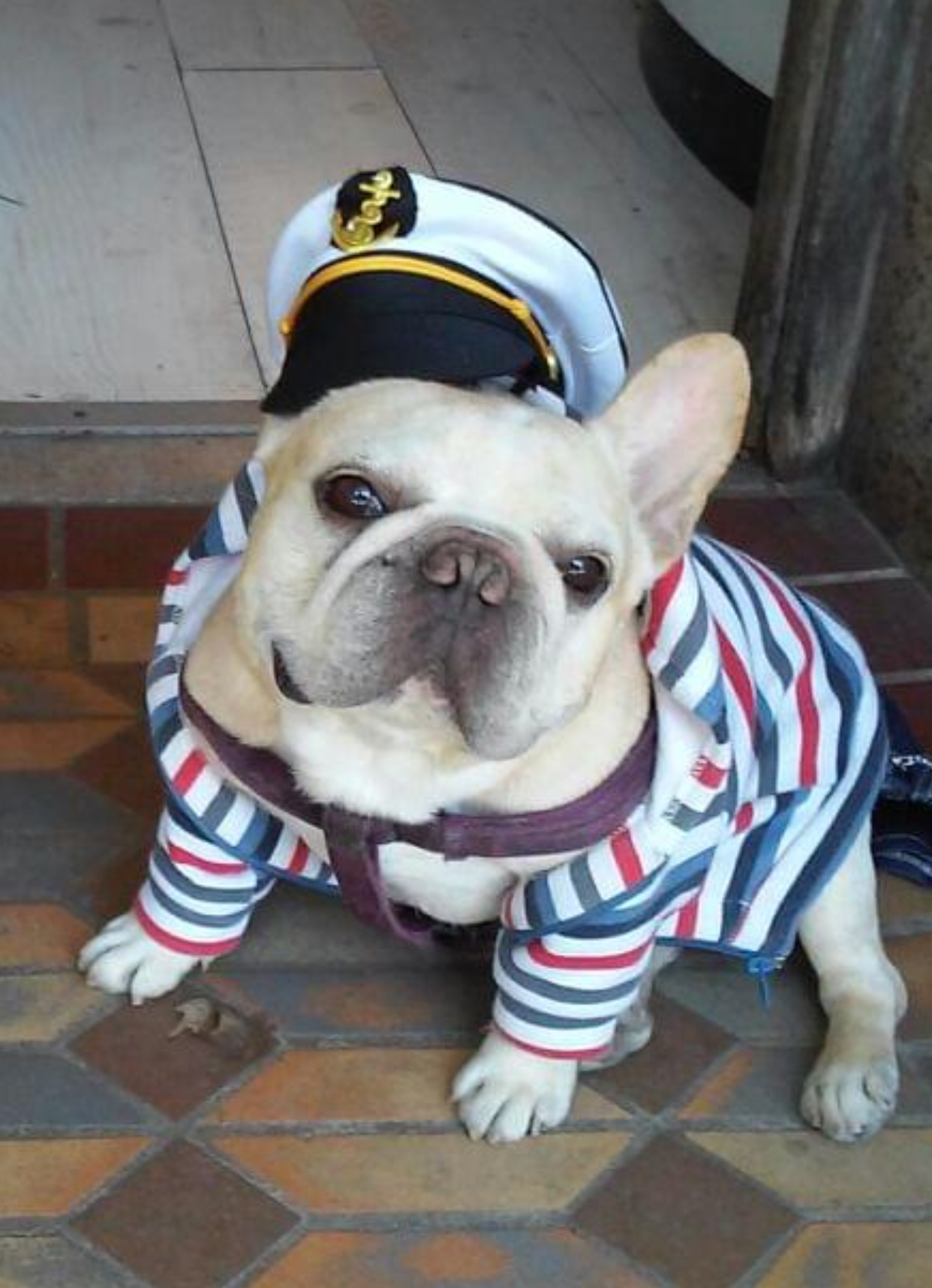
While snow drifted down on the frozen Hudson River outside his Manhattan apartment, Novo tried to distract himself with work and friends. He even spent a few days seriously considering taxidermy — he just wanted to hold his friend again — but nothing lifted the heaviness of his pain. He was stuck in purgatory and mired in grief, a dog parent who’d lost his favorite child.
But things started looking up on February 14th when he got a call from ViaGen Pets, a pet-cloning company near Austin, Texas. Machito’s clone — who’d been brought to life from a vial of Machito’s deep-frozen cells — had just been born.
His name? Machitwo.
“Oh, it was the happiest moment of my life,” Novo says, the glee in his voice radiating off his melodic Argentine accent. “All that pain just went away. It was almost as if Machito was back.”
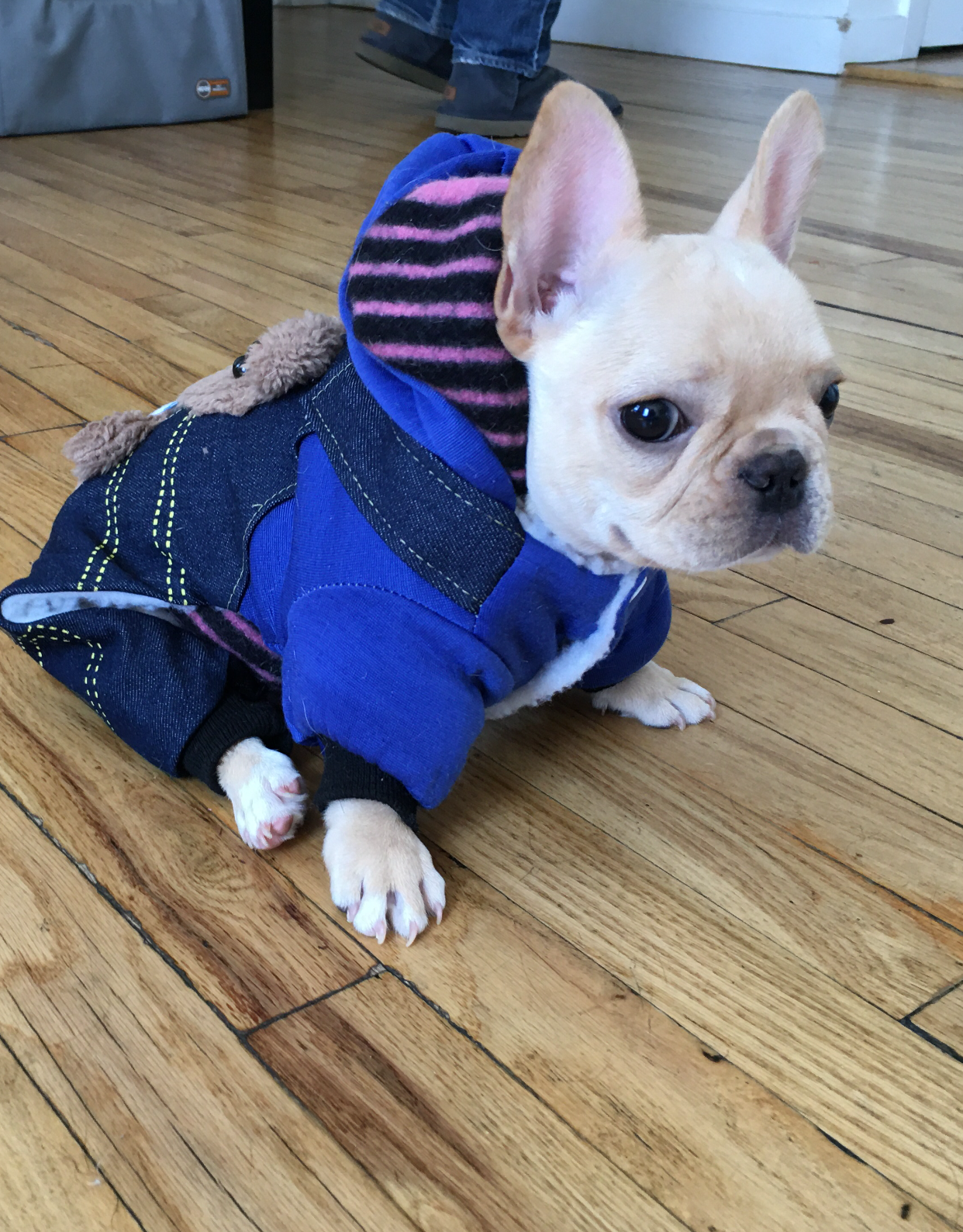
Animal cloning has been around since 1996 when Dolly the sheep became the first cloned mammal. Pet cloning followed shortly thereafter with a couple replicated cats and dogs in the U.S. and Korea throughout the early 2000s, but it wasn’t until the last decade that American, Korean and Chinese cloning companies started duplicating pets on a regular basis. Since then, delighted cat and dog owners have dotted the news with stories of their commercially produced clones, dazzling reporters with lines like, “They look exactly alike,” “Their personalities are so similar” and “It gave me so much comfort to know I’d see Cinnabun again!” Barbra Streisand even got in on the action: In 2018, she cloned her dog Samantha not once, but twice, telling the New York Times that it felt “easier to let Sammie go” knowing the clones meant she could “keep some part of her alive.”
ViaGen did the cloning for Streisand, too. The only commercial cloner in the U.S. that duplicates pets, they pump out about 50 cats and dogs per year, the majority of which are German shepherds, chihuahuas and French bulldogs. It’s not a booming industry per se — 50 pets a year isn’t much, and Sinogene, its Chinese competitor, has only cloned 60 since officially launching in 2017. But Sooam Biotech, a Korean lab, claims to have cloned more than 1,000 dogs over the last decade, each of which have gone for $100,000 a pop. Most cloning companies also cater to the agricultural and food industries with the much bigger business of livestock cloning. For instance, in 2014, a Chinese lab reported cloning 500 pigs in one year.
Yet, despite its availability and Streisand-infused star power, pet cloning has never really taken off in the U.S. or beyond. Few people are aware that cloning has progressed from sci-fi fantasy to commercial reality, and even if they’re up-to-date, the majority of them don’t want their pets cloned anyway. As a number of redditors point out, duplicated animals can differ significantly from the originals, and there are far too many cats and dogs waiting for homes at rescues and shelters to justify such an extreme step. Others wax poetic about how our time with pets is special because it’s limited, and a few recoil at the idea that any animal would be subjected to what they see as ever-lasting life, an argument that’s been debated everywhere from the White House to the Vatican. “This is the reason why Western society is never able to reach true form of inner peace,” writes a clone detractor on an r/AskReddit thread. “You need to let it go.”
And if you can’t? Well, you’d better be willing to pay for it. ViaGen charges $25,000 for a cloned cat and twice that for a dog. Sinogene charges even more. As such, pet cloning has mostly been a hobby of the rich, a surrealistic exercise for those who have the time, capital and emotional fortitude to one-up Mother Nature.
That all changed, though, when the pandemic hit. Stuck inside, cut off from their social lives and bristling with anxiety, humans collectively decided that the best solution to the isolation and uncertainty of quarantine was to get a pet. And while 99.9999 percent of them adopted or bought an existing animal — which created a surge in demand so high that shelters, rescues, breeders and pet stores had a hard time keeping up — more people decided to duplicate the ones they already had. In fact, ViaGen customer service manager Melain Rodriguez says requests for cloning and pet DNA preservation have jumped 15 percent since quarantine began. Over in China, Sinogene representative Eric Li says they’ve seen much of the same. The longer the pandemic continues and the greater effect it has on people’s daily lives, the more interested they’re becoming not just having pets, but in harvesting clones.
The reason why is simple. “People are spending more time at home with their pets, and they’re realizing (or re-realizing) how much they love them,” explains Rodriguez. “At the same time, it’s also making them think about how much harder it would be to lose them now, during COVID.”
Losing a pet is widely considered to have serious consequences for mental health, but she’s right — to lose an animal during quarantine is a unique sort of pain. Cats and dogs have become many people’s only outlet for touch and affection — we can kiss, hug and cuddle our Yorkies and Persians without the grim threat of hospitalization or death — and they can make us feel real love, joy and connection during a time when all three seem in short supply.
Likewise, says Rodriguez, pets give us a sense of purpose: They’re a reason to get up in the morning, to go outside, to exercise and even to work. They also get us out of our heads, force us to think about something other than our own impending doom and snap us back into the present with their incessant need to piss and play.
All of these things are god-sends for anyone whose physical or mental health has been frazzled by COVID or its cultural effects. As much research has shown, having a pet can reduce stress, anxiety and depression, ease loneliness, encourage playfulness and even improve cardiovascular health, the latter of which could make a real difference given the ways coronavirus has been shown to affect the heart.
Any of these benefits could be reaped from an adopted or rescued pet, but in a pandemic, it’s existing pets people want more of. They crave the familiarity and the guaranteed bond, and for those who’ve lost jobs, homes or loved ones this year, replicating their current pet in a lab might feel like more of a return to normalcy than bringing a new animal into the mix. It’s the same reason you call your best friend when you’re having a hard time and not an acquaintance; during times of grief, loss and upheaval, the greatest comforts come from what you already know.
At least that’s how Novo saw it. After hearing about Streisand’s cloned pups, he took one look at an aging, 14-year-old Machito and thought, “Bingo.” He started setting money aside — not a tall task for someone whose clients include Grace Jones, Britney Spears and Calvin Klein — and pretty soon, he had the $50,000 he needed. “People couldn’t believe it,” he says. “But I had to tell them, how many of you spend $50,000 on a car? What kind of love is that car going to give you? It’s just sitting there in the driveway. A dog will give you 14 years of unconditional love. And 14 years isn’t enough!”
Novo brought Machitwo home from Austin in April, during the height of pandemic pandemonium in New York City. He spent the first few weeks of quarantine weathering the chaos in his apartment, grieving the loss of the original Machito, his social life and possibly his career (as a hairstylist, he wasn’t sure if he’d be able to work again). But the clone — who immediately took on the traits of Machito — made it “a million times more bearable.” “Dogs help you any time of the day, quarantine or not,” he says. “But in quarantine, it means so much more — you spend 80 percent of your time indoors with your animals, so it really matters to have the ones you love around.”
It’s more than just love that’s inspiring people to clone their cats and dogs, though. As Rodriguez explains, cloning is far too expensive to do frivolously, and there’s usually something unique about the pet that justifies the cost. Some pets are unusually intelligent. Others saved their owner’s lives. Most share an unusual bond with their owners that transcends the average biped-bork relationship, and a few, like Machito, appear to be put on this planet to bring people joy (Novo’s words, of course).
In some cases, they have an even deeper significance. Halfway across the country in Michigan, 66-year-old portrait photographer Monni Must has a black Lab named Gunni, the three-year-old clone of Billy Bean, the dog that belonged to Must’s oldest daughter, Miya. In 2007, Miya committed suicide to escape an abusive relationship. Her two dogs — Henley and Billy — were all she left behind. Must took them both in, noticing almost immediately that each of them reflected a distinct part of her daughter’s personality. “Miya had been bipolar, and her two moods could be seen in her dogs,” she tells me over the phone before a beach walk with her dogs. Henley, a giant mutt, was a grumpy, one-man dog. Billy was goofy, wild, sweet and social. “Together, they embodied the whole of her.”
But when Henley died in 2013, Must felt that Billy was all she had left. Terrified the dog’s eventual death would mean Miya would be forgotten, she began to suffer from a debilitating suite of psychosomatic symptoms triggered by the fear of another major loss. She got the shakes and stopped being able to hold her camera. Her memory started to fade. It felt like something more severe — Parkinson’s, maybe — but her neurologist told her it was just anxiety. She had to do something to get it under control. So, around the 10th anniversary of Miya’s death, Must went for a drive after a long morning swim. Suddenly, a thought popped into her head: Why not just clone Billy?
From that moment, Must felt herself transform. Though she’d never met anyone who’d cloned an animal and she wasn’t sure if it was even possible, just the idea of a second Billy gave her relief. “The more I thought about it, the calmer and more stable I began to feel,” she says. “I knew that if I did that, I wasn’t going to lose [Miya] completely. I’d still have part of her here.”
Her husband and three daughters thought she was insane, but their objections were moot. By the time she let them in on her plan, she’d already sent a sample of Billy’s tissue to a separate company called PerPETuate, an animal DNA storage facility that prepares cell lines from a pet’s skin and freezes them in liquid nitrogen for later cloning. A few months later, the cells were sent to ViaGen where Billy’s DNA was inserted into an enucleated donor egg to create a reconstituted embryo. The embryo was then implanted into a surrogate dog from a breeder in New York and carried safely to term (surrogates can be any breed of dog so long as they’re similar in size to the clone).
On the day of the implantation — which Rodriguez likens to in-vitro fertilization — ViaGen gave Must a call. They wanted to let her know the surrogate was scheduled to have an ultrasound on October 11th, the day Miya was born. Gunni’s due date was slated for November 14th, the day Miya died.
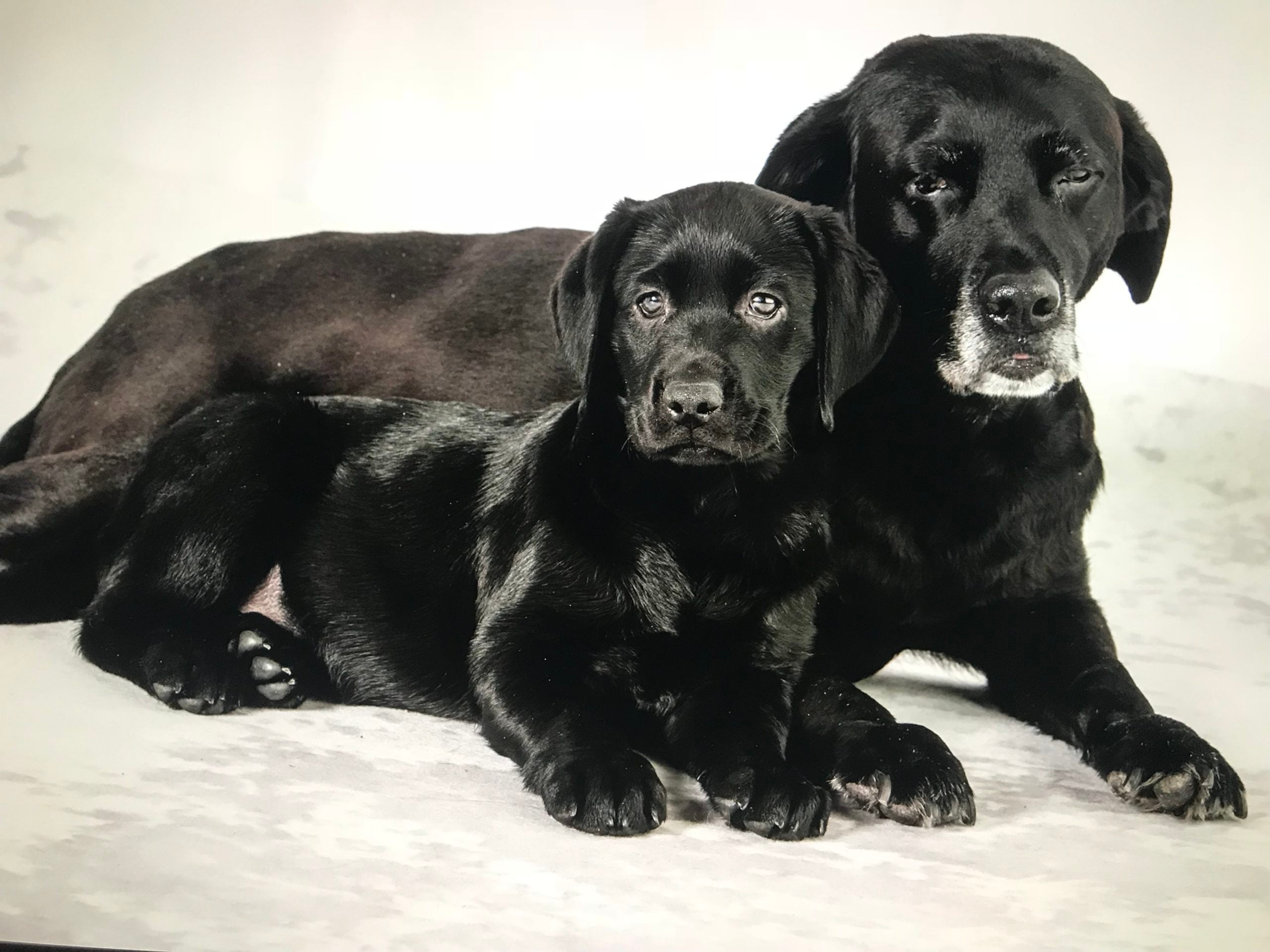
Serendipities like these aren’t uncommon in the world of pet cloning. Machitwo was born exactly a year after Machito died — and for both Novo and Must, these were real, tangible signs that the spirits of their loved ones were still alive. This alone can be enough to relieve the grief of a lost original pet or the pain of a heavily uncertain time, but Rodriguez says that even just freezing a pet’s DNA as a first step can be comforting for those who aren’t ready to let go. “Over half our clients recently lost a pet when they first come to us, but it can be such a relief for them to know a part of them is still alive,” she says. (DNA storage at PerPETuate costs $1,300.)
Like any puppy, Gunni stayed with her surrogate mom for roughly six weeks while she nursed and matured. But when Must finally picked her up from the airport and took her home, her sense of Miya’s continued presence only grew. “Right away, I felt like she was there,” she says. “Billy’s personality was so Miya — and Gunni is so much like Billy — that I feel I can still grab onto that part of [Miya] and hold her. I really do feel they’re all the same spirit.”
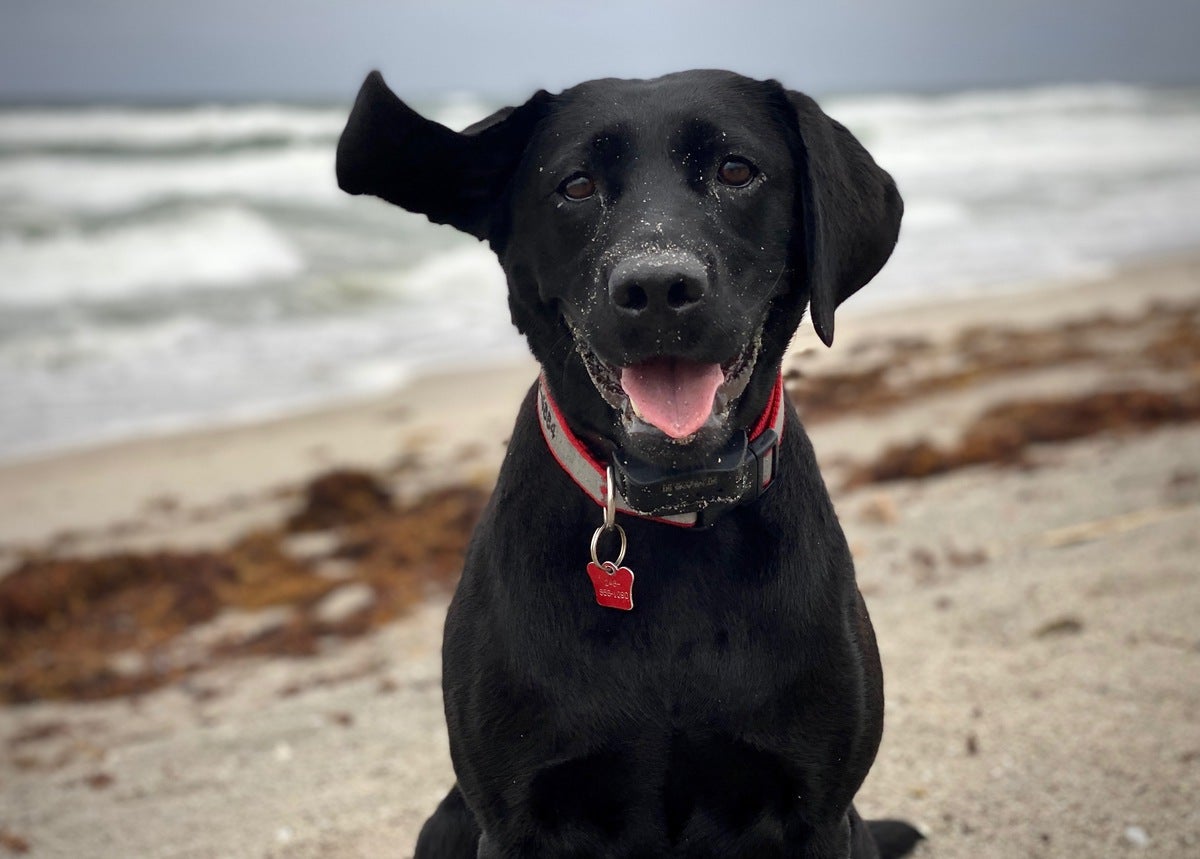
But while the original pet and its clone are genetic twins, ViaGen and Sinogene make it crystal-clear that there’s no guarantee the two animals will be the same. Unless the original pet is a solid color, their fur patterns tend to differ slightly, and it’s common for them to develop their own quirks and personalities after being raised in different environments. That said, Rodriguez says clones and their originals do tend to be eerily similar. Some know tricks their originals knew without being taught; others have the exact same favorite toy. Machitwo even does the same apologetic butt wag Machito did when he pees in Novo’s house.
Of course, not everyone finds this as charming as Must or Novo. Animal rights advocates like the ASPCA, the Humane Society and PETA are notoriously opposed to cloning, the latter of which called it a “horror show” and a waste of “time, lives and money.” Jessica Pierce, a bioethicist at the University of Colorado Denver, told the New York Times that the use of surrogate animals was “similar to the harm that you would impose on a woman whose only purpose in life is to be a breeding machine for man.” “The [surrogate] has no intrinsic value,” she continued. “It’s used as an object, as a means to somebody’s end.”
ViaGen and Sinogene maintain that the cloning process is safe for surrogates, but critics aren’t convinced. According to a Vanity Fair piece on Korea’s pet cloning industry, it can take a dozen or more embryos to produce a single healthy dog, each of which have to be surgically inserted into the surrogate’s uterus while the animal is under anesthesia (surrogates also require surgery to “donate” an egg). “Along the way,” writes author David Ewing Duncan, “the surrogate mothers may be treated with hormones that, over time, can be dangerous, and many of the babies are miscarried, born dead or deformed. When a dog was first cloned, in 2005 — a scientific achievement that Time hailed as one of the breakthrough inventions of the year — it took more than 100 borrowed wombs, and more than 1,000 embryos.”
Rodriguez guesses that’s old science — ViaGen has an 80 percent implantation success rate — but there may also be abnormal changes in the animal’s DNA to contend with as a pet ages. “When you take somatic cells from older animals and put them into an egg that will need to develop from an embryo into a viable animal, you get mistakes from the old DNA that would not occur in a naturally produced embryo,” Rudolf Jaenisch, a stem cell and cloning expert at the Whitehead Institute, told Vanity Fair. A New York Times feature on Sinogene also raised some concern about what would happen when a clone’s genes are mixed with the broader gene pool.
So far, there’s been little evidence of any negative outcomes — and embryo implantation is far safer and more efficient now than it was in Dolly’s day — but pet cloning is such a new process and most clones are still young, so it’s difficult to tell what its long-term effects will be.
It’s not just the animal’s welfare that cloning opponents take issue with, though — it’s the way some people use it as a tactic to manage grief. When Must went public with her story, she was met with a wave of backlash from people who seemed almost angry that she’d cloned Billy to cope with Miya’s death. “People kept asking what was wrong with me,” she says. “They called me a ‘spoiled brat.’” Even the journalists she told her story seemed squicked out about it. “Alarm bells went off in my head,” wrote journalist Antonio Regalado in a 2018 MIT Technology Review article after speaking with her. “Must wasn’t just cloning a pet. She was trying to preserve a lost child.”
But for Must, having a few extra years with the next best thing to Miya — and being able to control the inevitable loss of Billy, who died in 2019 — gave her peace and closure in a way that no other coping mechanism could. “It’s not for everyone, but it was the best decision for me,” she says. “It really filled that void and helped me through the whole ordeal.”
Whether that’s “alarming,” “spoiled” or a creative way to process grief is a matter of personal opinion; one that takes place within a larger culture that tells us the “healthy” way to process loss is to get to the “acceptance” phase of the grief cycle as soon as possible. We’re encouraged to “let go” and “move on” from loved ones once they’ve left our lives, and the speed at which we’re able to do that appears to indicate how “strong” we really are.
The thing is, grief doesn’t work like that for everyone. For some like Must and Novo, loss and death are processed not through letting go of a life but through engaging with it again and again, and by recreating what they had as opposed to starting anew. “No two people grieve the same,” Must says. “I fully recognize this isn’t for everyone, but it made perfect sense to me at the time and I’d do it again if I had to.”
Back in New York, Novo’s vowed to use Machitwo’s otherworldly cuteness and social media following to bring joy to other people experiencing the loss and isolation of the pandemic. He regularly takes him out to hand out free masks to people on the street, and he’s even started bringing him and his other Frenchies to senior’s homes to lift their spirits during quarantine. “Usually we have four or five Golden Girls in a room with Machitwo, and I give them free haircuts,” he says. “It’s like a little party. Some of the old people here are so lonely in this very dark moment we’re going through, so having him there is like therapy for them in a way.” (And yes, he gets tested first.)
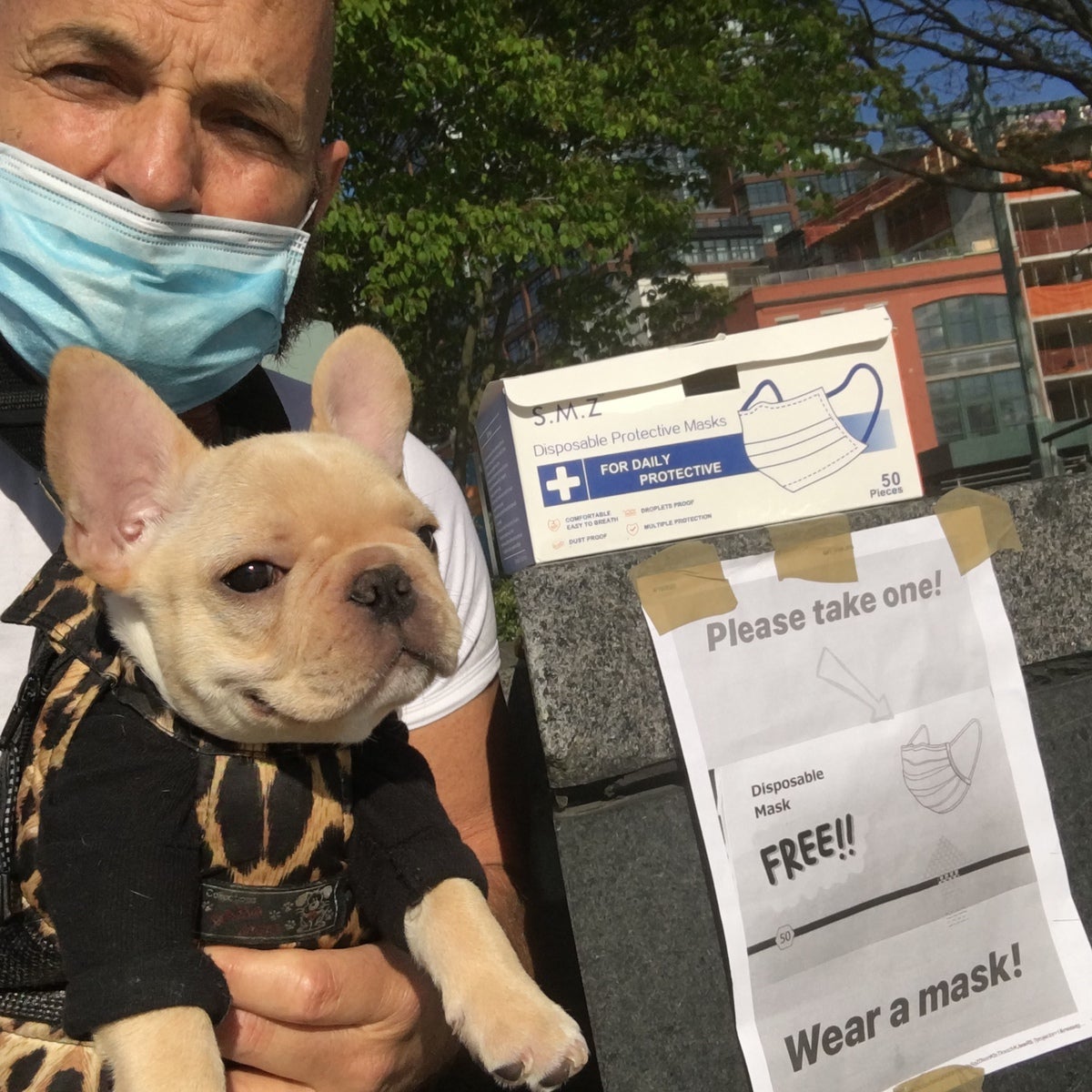
Novo’s even working on a screenplay about Machitwo he hopes he can sell to finance his own dog shelter, a dream he’s had ever since he realized how much having one can mean to someone.
Still, neither Novo or Must think they’ll clone their clones again; Must is content with Gunni, and Novo thinks he’ll breed Machitwo and keep him around that way instead. “I know it sounds crazy,” he laughs. “But only dog owners understand my craziness. If you have one, you will understand.”
